The captivity of marine animals like orcas and dolphins has long been a controversial topic. It was once a commonly accepted practice for marine parks like SeaWorld to have orcas in captivity and even have them perform shows, but people have increasingly turned on this practice.
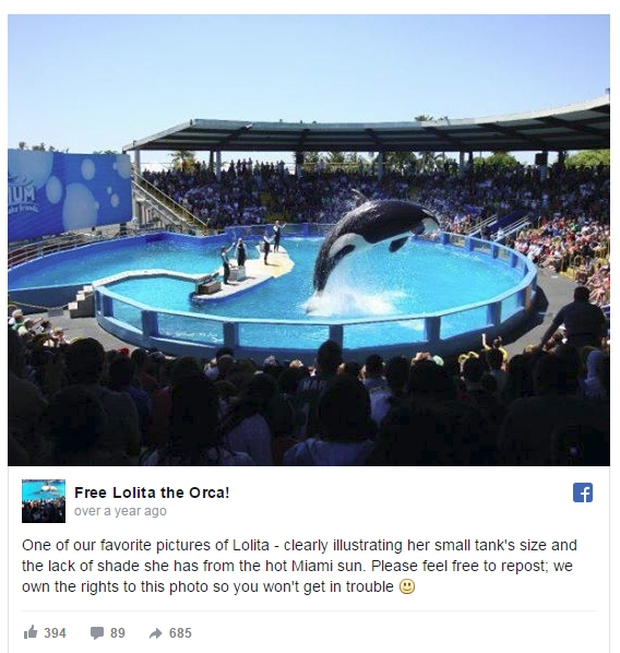
Campaign to return Lolita to the natural environment was launched.
Even as many new laws and protections have been put in place, many orcas have remained in captivity even as activists have worked to secure more humane conditions for them.
One of the most famous of these creatures is Lolita, who has been in captivity at the Miami Seaquarium since 1970. Animal activists have been working to free her, alleging that she has faced mistreatment in captivity.
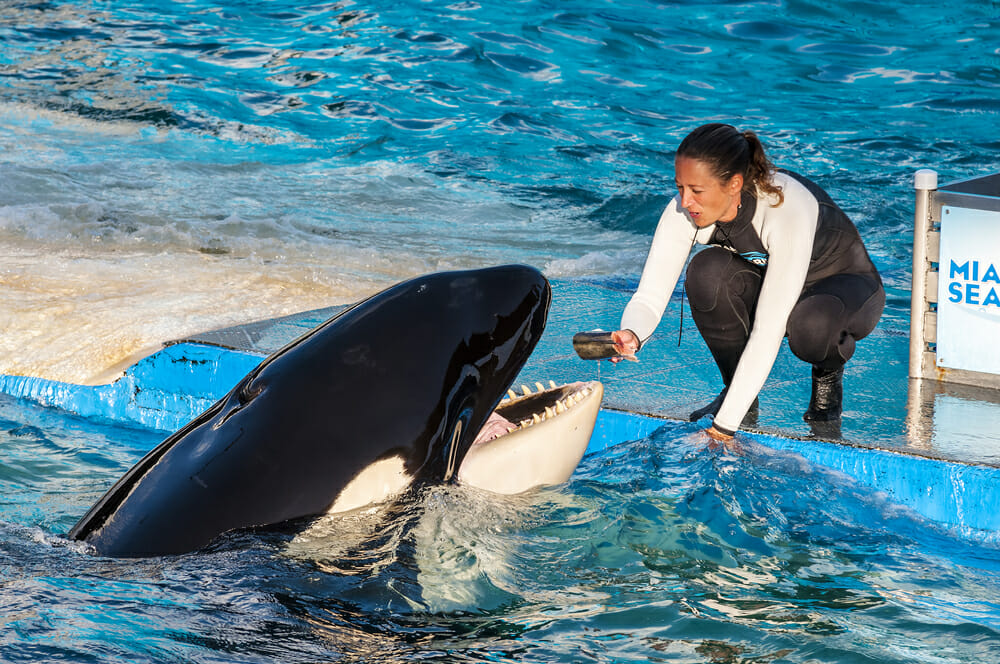
waitdusud / Shutterstock.com
Now, after all these decades, Lolita will finally be freed to her home waters.
Lolita – captive orca
Lolita, also formerly known as Tokitae, is the second-oldest orca in captivity. She is believed to be 57 years old. She was captured in Washington’s Puget Sound in 1970.

The Sea World’s killer whale aquarium is 57m wide, while the Seaquarium’s is only 25m.
She was purchased by Miami Seaquarium and was their top attraction for decades, performing in shows for the public.
Lolita was paired with a mate named Hugo, who died of a brain aneurysm in 1980 after repeatedly ramming his head into the side of the tank.
For years, animal activists have been fighting for Lolita’s freedom, alleging that the tank she was kept in was too small and that she should be freed.

Brooks / Shutterstock
“She’s been in 20 feet of water and she’s over 20 feet long. For 50 years she has not been able to dive,” Howard Garrett of the Orca Network told KOMO News.
In 2015, thousands of protesters gathered outside Miami Seaquarium, and #FreeLolita gained traction on Twitter. The Lummi Nation, a Native American tribe of the Pacific Northwest, have also called for her release back into her native waters in the Puget Sound.
In recent years, Lolita’s health declined, and last year the Miami Seaquarium announced that she would no longer appear in shows or be visible to the public.
Lolita finally freed
Now, over 50 years since her capture, an agreement has finally been made to release Lolita from captivity.
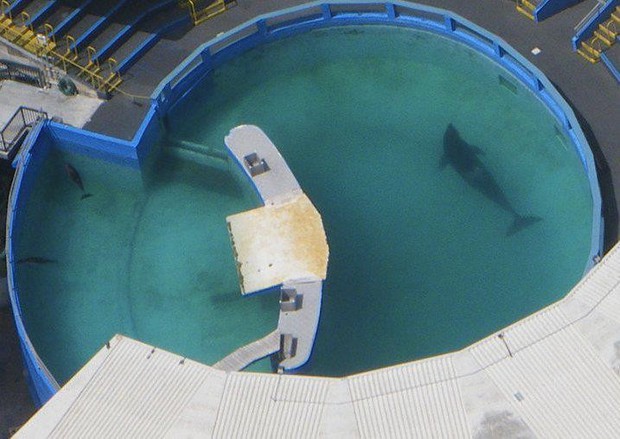
Lolita in a small tank with dolphins as neighbors.
According to Reuters, the Miami Seaquarium, now under management of The Dolphin Company, reached a “binding agreement” with the nonprofit Friends of Lolita to transfer her to an ocean habitat in the Pacific Northwest within two years.
“It has always been our commitment at The Dolphin Company that we place the highest priority on the well-being of animals, above all else,” CEO Eduardo Albor said, according to KOMO News. “Finding a better future for Lolita is one of the reasons that motivated us to acquire the Miami Seaquarium.”
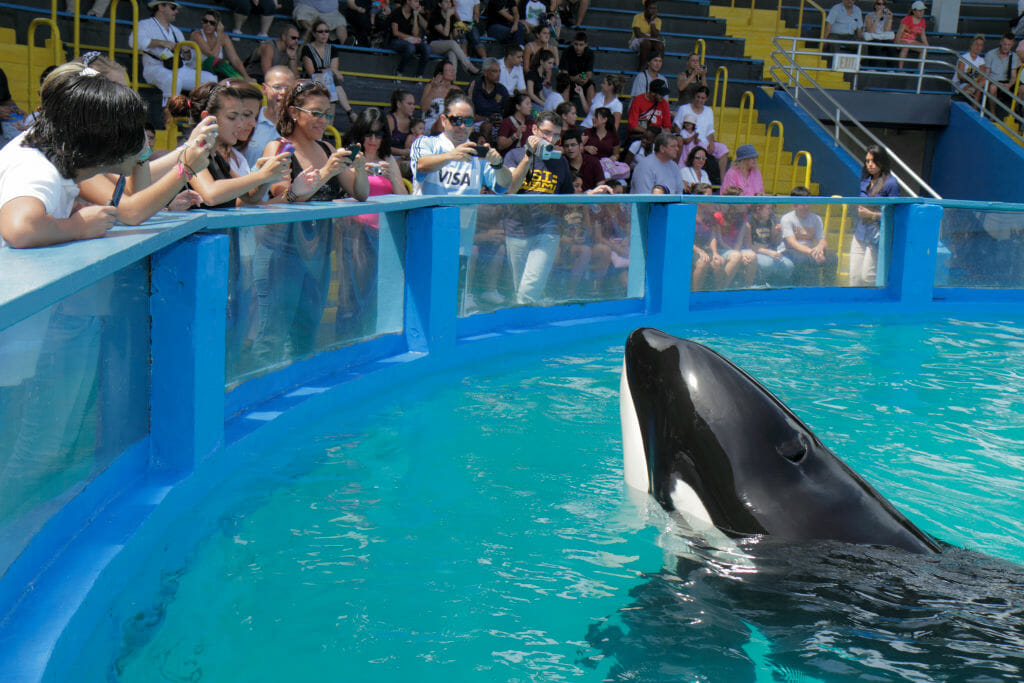
The audience at the Miami Seaquarium watching Lolita the killer whale at its 40th anniversary performance. (Photo by: Jeff Greenberg/Universal Images Group via Getty Images)
The owners said that Lolita was receiving round-the-clock veterinary care, and that her “energy, appetite, and engagement in daily activities is becoming reasonably stable.”
The announcement has been welcome news for animal activists who have been fighting for Lolita’s freedom.
“If Lolita is finally returned to her home waters, there will be cheers from around the world, including from PETA, which has pursued several lawsuits on Lolita’s behalf and battered the Seaquarium with protests demanding her freedom for years,” reads a statement from PETA, per NBC Miami. “If the Seaquarium agrees to move her, it’ll offer her long-awaited relief after five miserable decades in a cramped tank and send a clear signal to other parks that the days of confining highly intelligent, far-ranging marine mammals to dismal prisons are done and dusted.”
“We are happy to hear that our relative, Sk’aliCh’elh’tenaut (Toki’tae), will have the opportunity to return home,” a spokesperson for the Lummi told KOMO News. “She represents the story of all Native peoples that have experienced genocide and the bad policies that have been put in place to ‘kill the Indian and save the man.’ But more importantly, she represents our resilience and strength and our need for healing.”
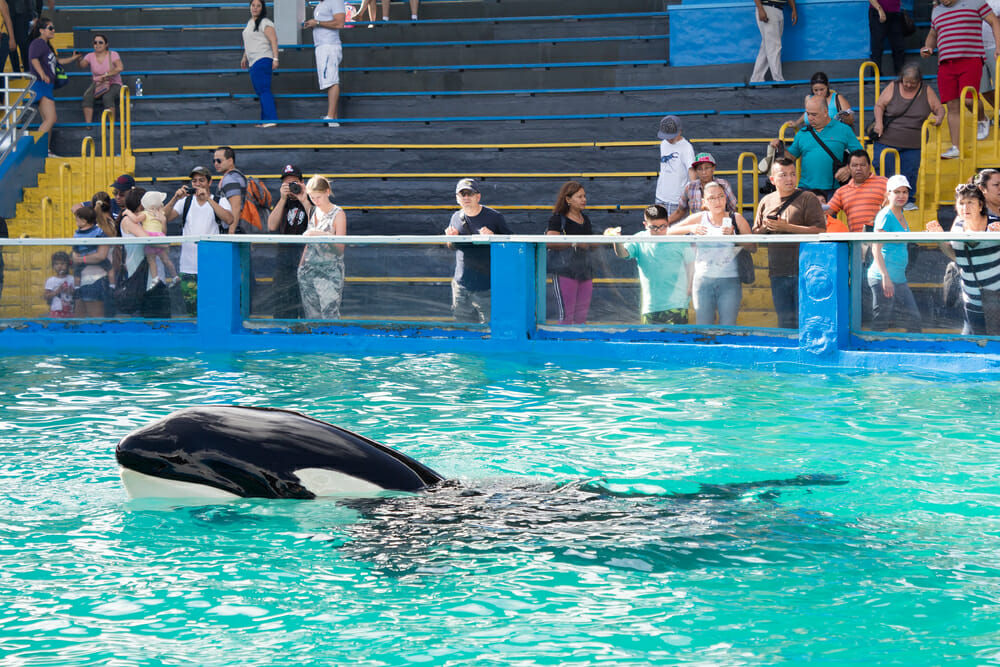
Camila / Shutterstock.com
Releasing animals from captivity is a delicate task, especially for a creature like Lolita who has spent most of her life in captivity and is older than most orcas in the wild.
But Howard Garrett told KOMO that Lolita would likely not be released into the wild but likely a closed-off cove in the Puget Sound. She will be back in her home waters, with a lot more room to swim and be able to hear the call of other Southern Resident orcas.
“I think that she’ll be very happy to be back and it will be therapeutic for her contrary to the misconception that it will be stressful,” he told the outlet.
We’re so glad that after more than 50 years, Lolita will finally be freed from captivity and return to her home waters! Please share this incredible news!

